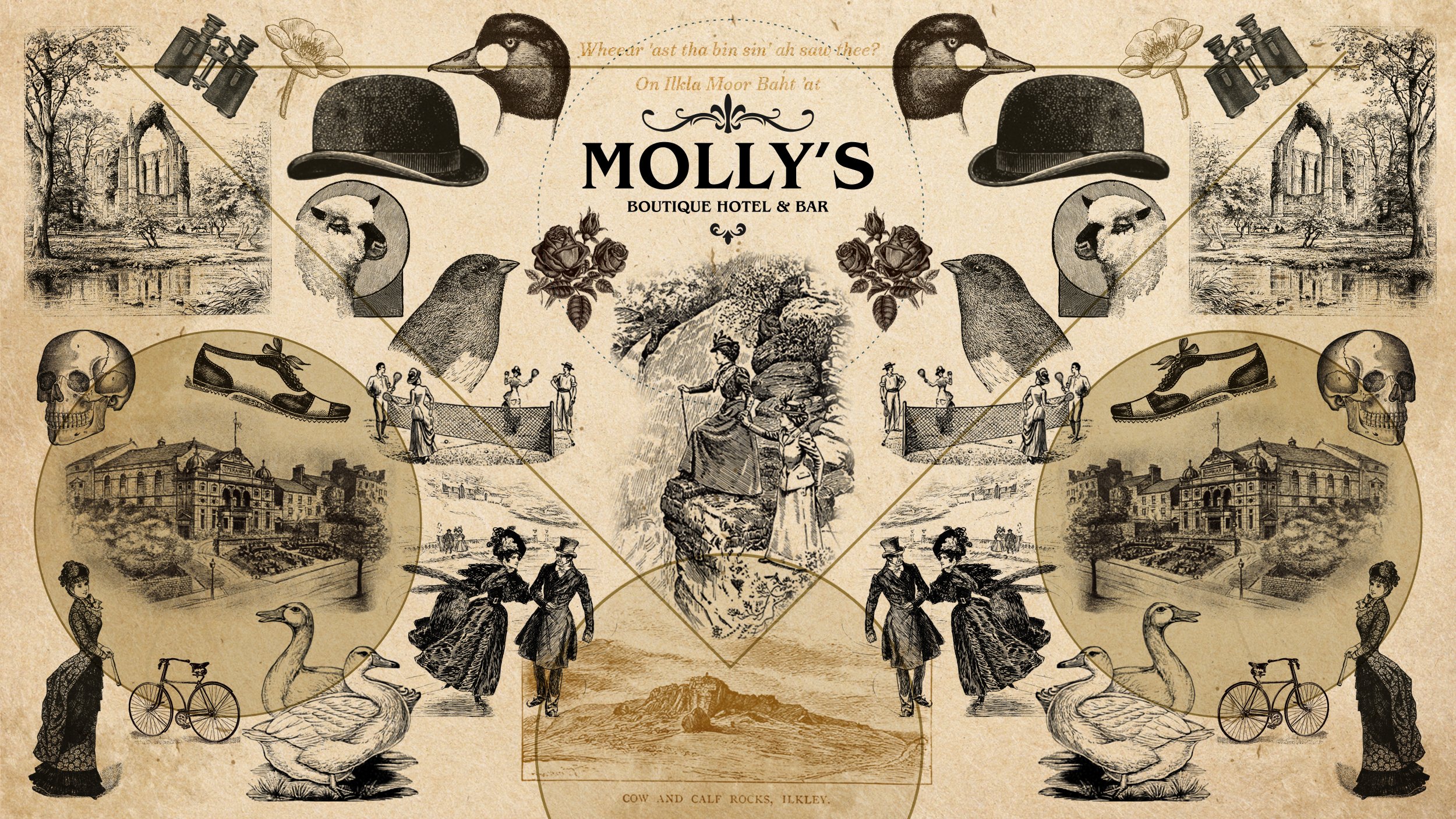
Local attractions
-

The Dales Way
The Dales Way is an 80-mile long-distance footpath in Northern England, from Ilkley, West Yorkshire, to Bowness-on-Windermere, Cumbria. This walk was initially devised by the West Riding Ramblers' Association with the 'leading lights' being Colin Speakman and Tom Wilcock.
-

White Wells
White Wells was instrumental in establishing Ilkley as a spa town, and the Victorians in particular inulged in “taking the waters” as it was believed they could provide a cure for all manner of ailments. Charles Darwin himself visited Ilkley in 1859 and is believed to have visited White Wells. Modern day visitors can still use the plunge bath, with New Year's Day being the most popular day for this activity.
-

Ilkley Moor
Ilkley Moor is part of Rombalds Moor, the moorland between Ilkley and Keighley in West Yorkshire, England. The moor, which rises to 402 m above sea level, is well known as the inspiration for the Yorkshire "county anthem" On Ilkla Moor Baht 'at.
-

Embsay & Bolton Abbey Steam Railway
Take a ride behind one of the vintage steam locomotives for a special journey back in time. Breathe in the evocative smells of a real steam railway, while your eyes and ears thrill to the puffing and hissing of the steam engine. Settle back in beautifully restored Victorian and Edwardian carriages and enjoy a unique view of some of Yorkshire’s finest countryside … or hop off at Holywell Halt and just watch the trains go by!
-

Ilkley town
The Gateway to the Yorkshire Dales, Ilkley town centre boasts a thriving business community with excellent shopping facilities within easy reach by bus, car, rail or the nearby Leeds/Bradford airport. Many clubs, groups, activities, exhibitions and festivals occur throughout the year, leaving you with a variety of options to keep yourself entertained.
-

Swastika Stone
The Swastika Stone is a stone adorned with a design that resembles a swastika, located on the Woodhouse Crag on the northern edge of Ilkley Moor in West Yorkshire. The design has a double outline with five curved arms enclosing several so-called 'cup' marks, the like of which can be found on other stones nearby.

